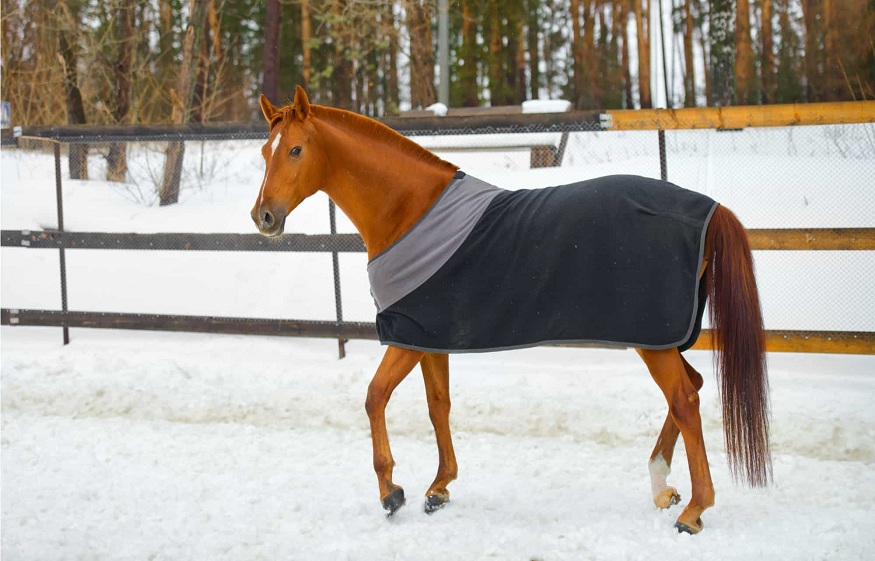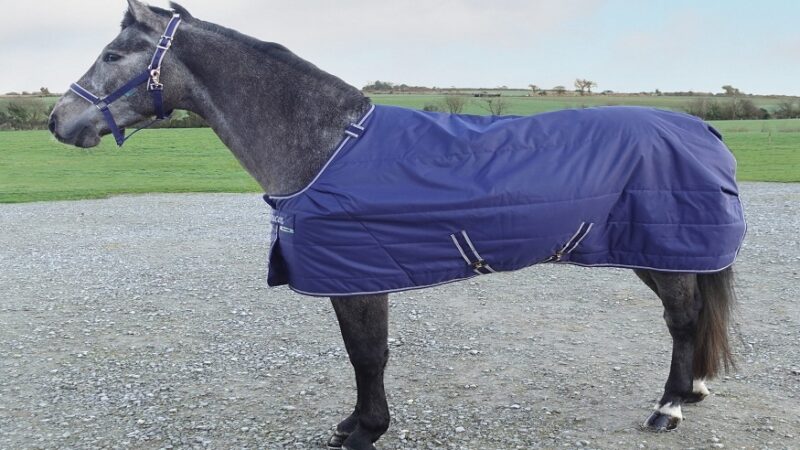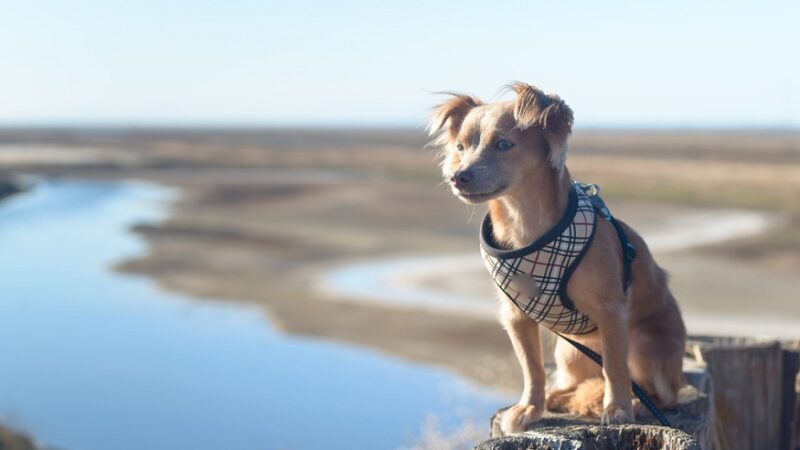Easy Guide to Horse Blankets

It’s a common sight to see individuals shopping for horse blankets as the temperatures begin to decline each autumn, mainly when the transition from fall to winter seems abrupt. Some customers seek to replace old fleece horse blankets, while others seek blankets with slightly different weights than their current ones. Some customers purchase a horse blanket for the first time, and their motivations vary.
Here, a guide will help you choose the right blanket for your horse when temperatures drop.
Must My Horse Have a Winter Horse Blanket?
No, If your horse has a full winter coat, it can keep them warm as long as the hair remains upright. However, rain can flatten the coat, reducing its insulation. In such cases, you’ll need a well-rated waterproof blanket or provide shelter. Even a light blanket or horse fly sheet can flatten the hair, diminishing insulation.
It’s best to use a fully rated winter blanket, have various blankets for different temperatures, or allow the horse to grow a natural coat. Conversely, if your horse has been body-clipped or lacks a full coat, possibly due to relocation or show-related factors, they likely require blankets in cold temperatures.
Here are more reasons why your horse will need a horse blanket
- When the shelter is raining: once the rain wets your horse’s hair, the coat lies flat, losing its insulating qualities. This will lead to your horse feeling cold. You need to buy your horse a waterproof horse blanket to prevent your horse from getting wet
- Age matters: if you have a young horse, it needs a pony blanket to help it keep warm. More so when your horse is very old, it also requires a warm blanket to maintain its body condition
- Health: when you have an ailing horse, a warm blanket will help it conserve its energy to maintain its body condition
Guidelines when Choosing a Horse Blanket
Since you’ve decided your horse needs a blanket, ensure you buy an appropriate blanket. Consider these guidelines;
- The horse’s blanket should fit properly to avoid chafing at the withers or shoulders. Ensure the blanket straps are snug and close to the body to prevent leg entanglement and minimize slipping and rubbing.
- Select a fleece horse blanket appropriate for the prevailing weather conditions. Using a heavy blanket in milder weather might cause the horse to overheat and sweat, while using an inadequate blanket in cold weather can flatten their natural hair coat, rendering it less effective in keeping them warm. This may necessitate having multiple blankets for the fall and winter seasons.
- When the horse is exposed to rain or sleet, they should wear either a waterproof sheet layered over a heavier blanket or a standalone waterproof blanket. If the blanket becomes soaked, it loses its insulating properties and compromises the horse’s natural coat.
- Regularly inspect and remove the blanket every few days. This serves two purposes: to ensure it still fits correctly and to assess the horse’s body condition underneath to ensure they haven’t lost too much weight in the cold weather.
Wrapping Up
A healthy adult horse with a complete winter coat, sufficient shelter, water, hay, and good overall condition typically doesn’t require a winter blanket. However, if you use one, ensure it fits well, is correctly applied, is waterproof for rainy conditions, and is suitable for the prevailing weather. Regularly inspect and remove the blanket every few days to assess the horse’s situation. Remember that each horse is distinct, so consulting your veterinarian is advisable to determine whether blanketing is necessary.


